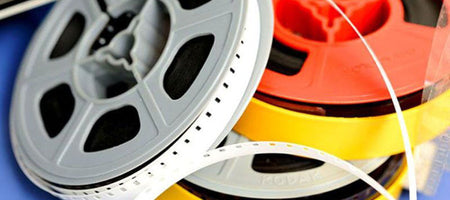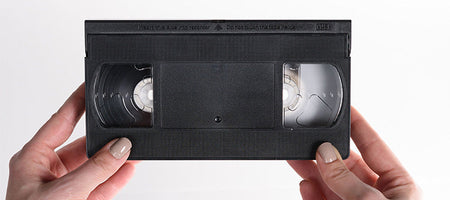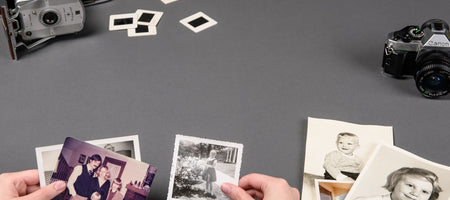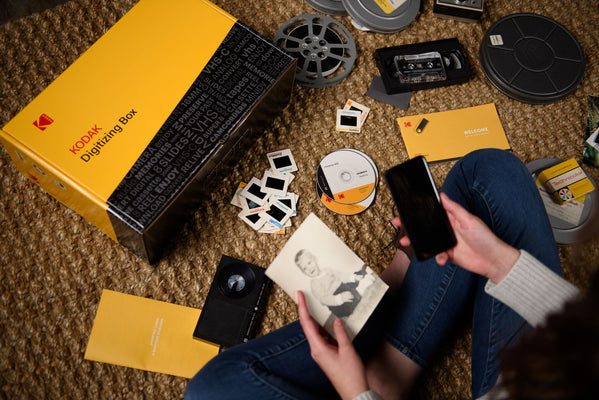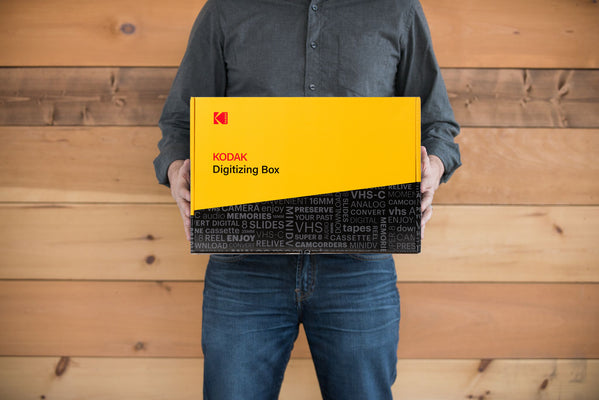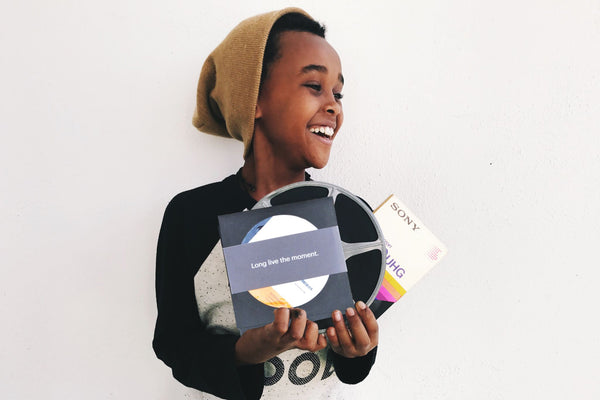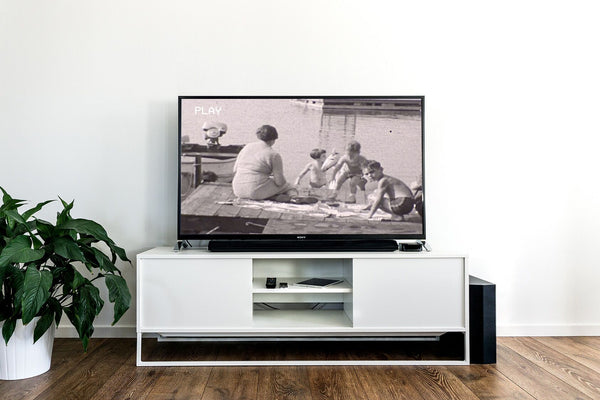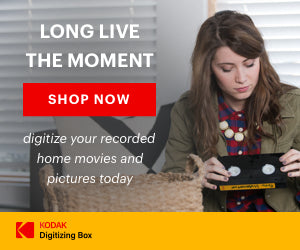You may have used plenty of vintage film formats over the decades, but how much do you know about the history behind these film reels?
Over the years, Kodak film has evolved and paved the way for a lot of amateur and journalism filmmaking. Below we’ll discuss and differentiate three common film formats- 16mm, 8mm, and Super8.
Don’t forget, KODAK Digitizing Box can digitize all three of these formats!
If you have any old film in your home, don’t forget to safeguard these memories by converting the film to a CD or flash drive.
16mm film
16mm was the first “amateur” filmmaking film released by Kodak in 1923 as a less expensive alternative to 35mm. Ironically, 8mm film would come out about a decade later as the even cheaper option to 16mm. Nonetheless, 16mm film in the 1920s made filmmaking more accessible. And by “more accessible” we mean you had to invest about $400 into equipment and film rolls (this would be the equivalent to $5,000 in 2020).
16mm was also ideal for amateurs because the acetate film was much safer and less flammable than the traditional nitrate base. For this reason, at-home filmmakers weren’t the only ones using 16mm. The film format was also popular in the government and education sectors, including journalism during WWII. As motion pictures popularized, at least a dozen different 16mm cameras were available on the market by 1930.
16mm has remained influential even in modern filmmaking. The show Scrubs and movie Moonrise Kingdom were both shot using Super16 film. And sections of The Walking Dead and The O.C. also used 16mm.
8mm film
Kodak released 8mm film in 1932 during the midst of the Great Depression. The goal was to make a cheaper version of the 16mm for amateur filmmakers – which seemed fitting during the financial crisis. And thus, 8mm sparked the trend of family filmmaking!
At the time, 16mm was already considered a more affordable and safer film format for at-home movies. But since 8mm was half the size of 16mm film, filmmakers could fit more film into a reel for less the cost. 8mm film cameras were also cheaper. An amateur filmmaker could now spend about $50 on a camera, film, and equipment if they used 8mm (compared to the $400 investment for 16mm).
Kodak discontinued 8mm in 1992 but still manufactured the film format for film stores. What caused 8mm’s demise? VHS. Once VHS became a cheaper and more convenient version for home movies, 8mm lost traction in the market.
Super8 film
Kodak introduced Super8 film in 1965. The film format was 8mm wide but had a larger image because the film’s perforations are smaller. Unlike traditional 8mm film, Super8 came in a cartridge rather than a roll – this meant no need for threading or flipping the rolls in the camera.
Super8 was targeted to amateur filmmakers (just like 16mm and 8mm) because it was easy and convenient to use and can capture sound simultaneously while filming. By 1960, 8mm film also came out with an option that captured sound simultaneously.
Due to its accessibility, Super8 played a major role in documentary, travel, and anthropology films even though this wasn’t the original marketing angle from Kodak.
Whether you were a journalist or at-home movie making junkie, KODAK Digitizing Box can digitize all your vintage film formats to ensure your memories are protected and backed up forever!

